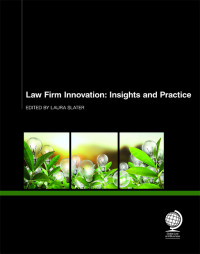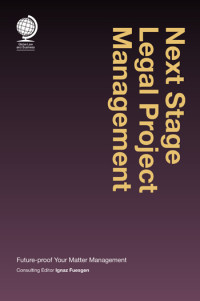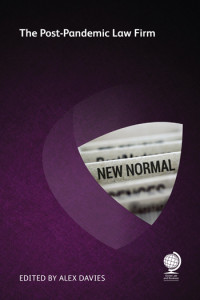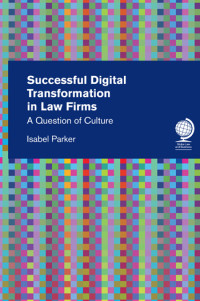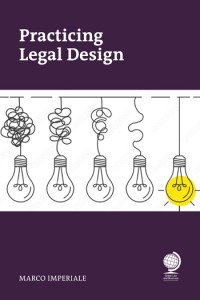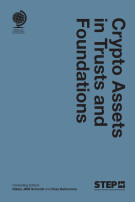

Author(s): Matthew Seet, An-Ru Stevens
Publication date: Jul 2026
Format: Softback
Pages: 200
Price: £159.00
ISBN: 9781837231584
Notify me when this book is available and claim your 25% discount
Notify me when this book is available and claim your 25% discount
AI is reshaping the legal industry, transforming practices, and influencing behaviours of legal tech buyers and vendors alike. However, AI adoption introduces complex risks that require careful consideration. The Risks of Artificial Intelligence in Law is devoted exclusively to AI risks in law. Drawing upon the candid insights of over 30 legal professionals and technologists across various legal jurisdictions and the legal ecosystem, including voices from users and solutions providers, the authors provide balanced, peer-validated perspectives. Bearing in mind the rapid pace of AI development, this book goes beyond the legal and technological risks often discussed in general responsible AI debates (such as privacy, intellectual property, and reliability risks), to also analyse the operational and cultural risks faced by legal professionals.
Privacy risks include breaches of confidentiality when lawyers use public AI tools, exposing sensitive client information to unintended parties. Intellectual property risks arise when external vendors gain access to proprietary legal team data, raising questions about ownership and misuse. Reliability risks are equally pressing – inaccurate AI outputs can lead to flawed advice, while the “black box” nature of some systems complicates accountability and adds verification costs. Operational risks reflect the other side of the coin – the cost of failing to use AI effectively. Lawyers that lag behind in adoption may lose efficiencies, opportunities, and ultimately market position. Cultural risks have the potential for profound long-term impact: generational divides in adoption, complacency among experienced practitioners, and diminished opportunities for junior lawyers to learn through traditional methods.
Each chapter concludes by briefly outlining the strategic solutions legal teams may adopt to mitigate the risks discussed. For readers grappling with stalled pilots, disillusionment, or uncertainty, this book offers practical guidance to build literacy, manage risk, and make informed decisions in an evolving landscape.




